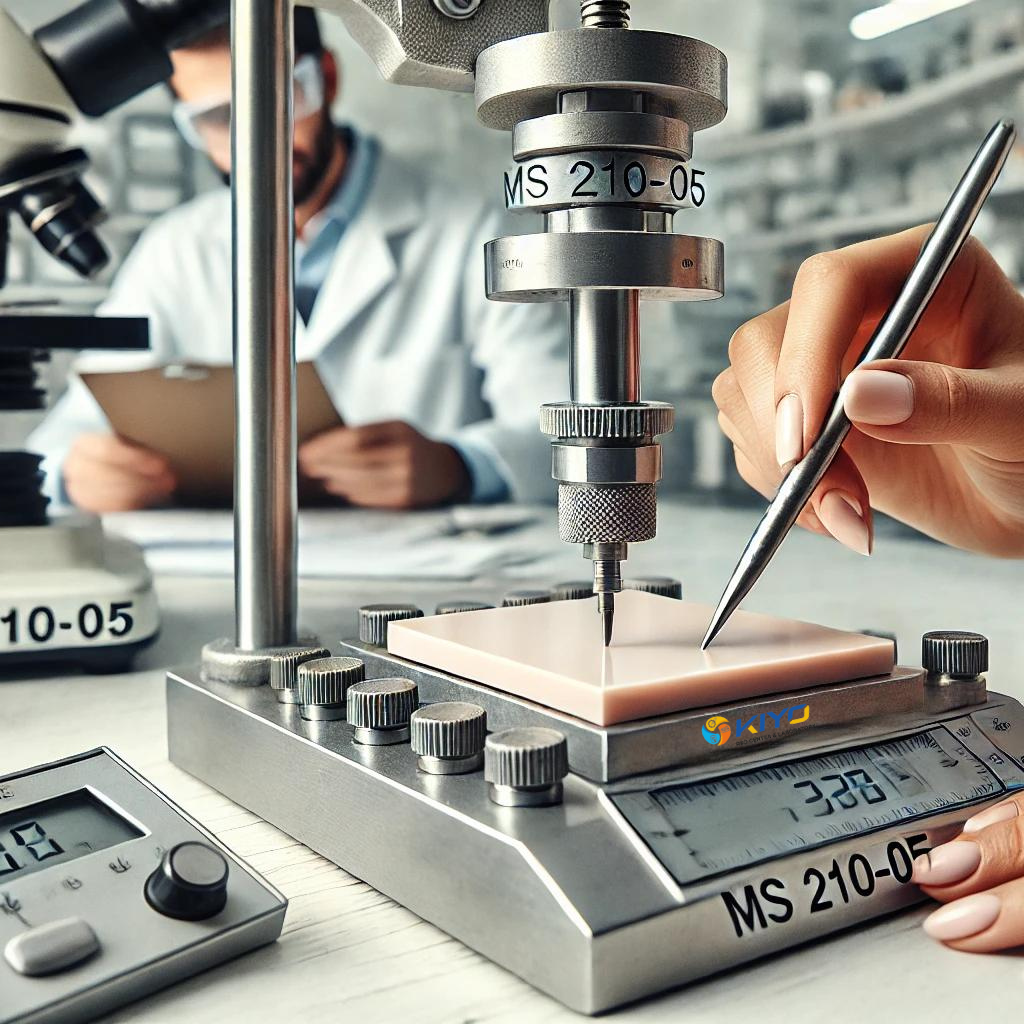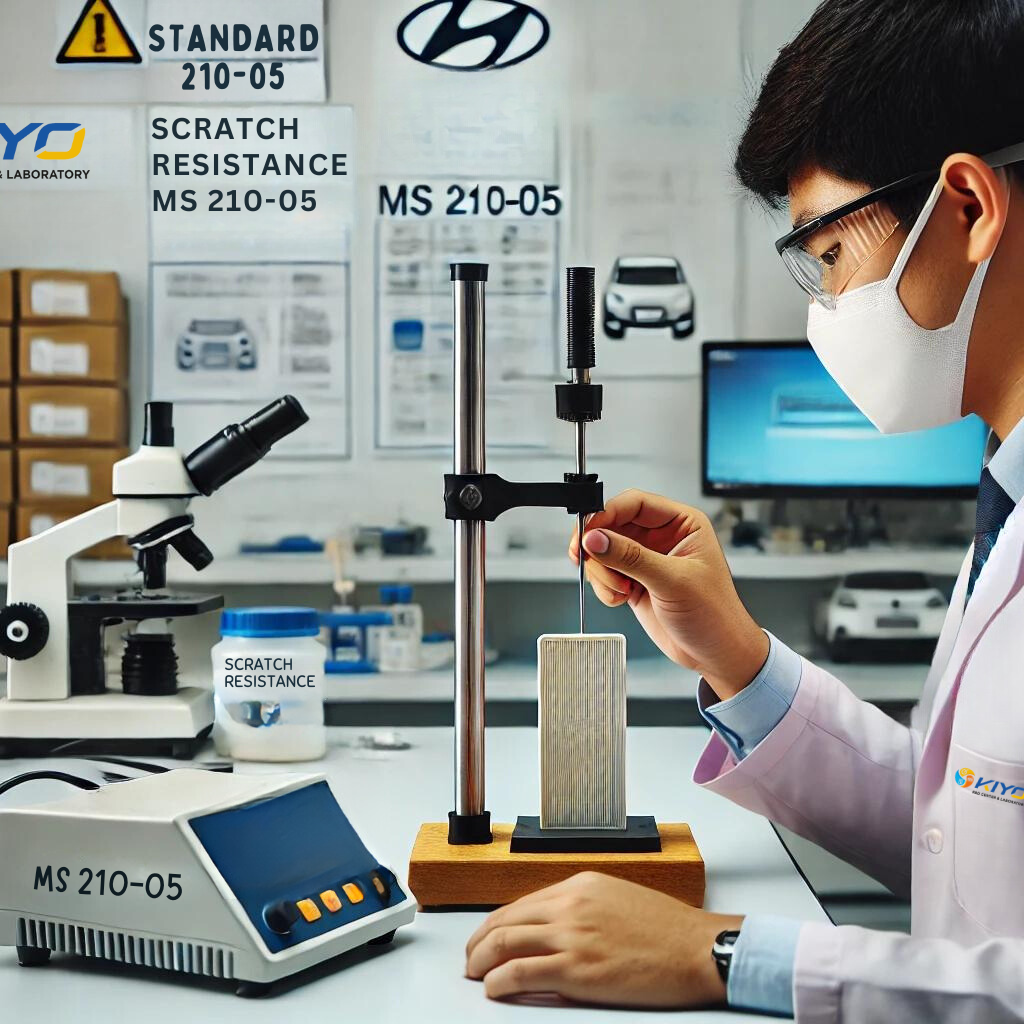
In the ever-evolving automotive industry, the durability and longevity of materials are paramount. To ensure that these materials withstand everyday wear and tear, Kiyo R&D Center & Laboratory performs comprehensive scratch resistance testing, adhering to Hyundai’s stringent MS 210-05 standard.
Scratch resistance testing is a crucial method to determine how well a material can endure abrasions and scratches, which are common in automotive applications. Hyundai’s MS 210-05 standard sets the benchmark for this testing, ensuring materials used in their vehicles maintain both functionality and aesthetic integrity under stress.
Our Laboratory follows a meticulous process to conduct scratch resistance tests:
This testing offers multiple benefits, including:
At Our Laboratory, we are dedicated to upholding the highest standards of quality. Our cutting-edge facilities and expert technicians guarantee that each scratch resistance test is performed with precision and accuracy. By strictly adhering to Hyundai’s MS 210-05 standard, we help ensure that the materials used in automotive manufacturing meet rigorous quality benchmarks.
Scratch resistance testing as per Hyundai’s MS 210-05 standard is a vital process in the automotive industry. At Our Laboratory, we are committed to providing top-notch testing services that help our clients produce durable, high-quality materials. Through our thorough testing and analysis, we support the creation of robust automotive components that excel in both performance and appearance.

For quotation or visit